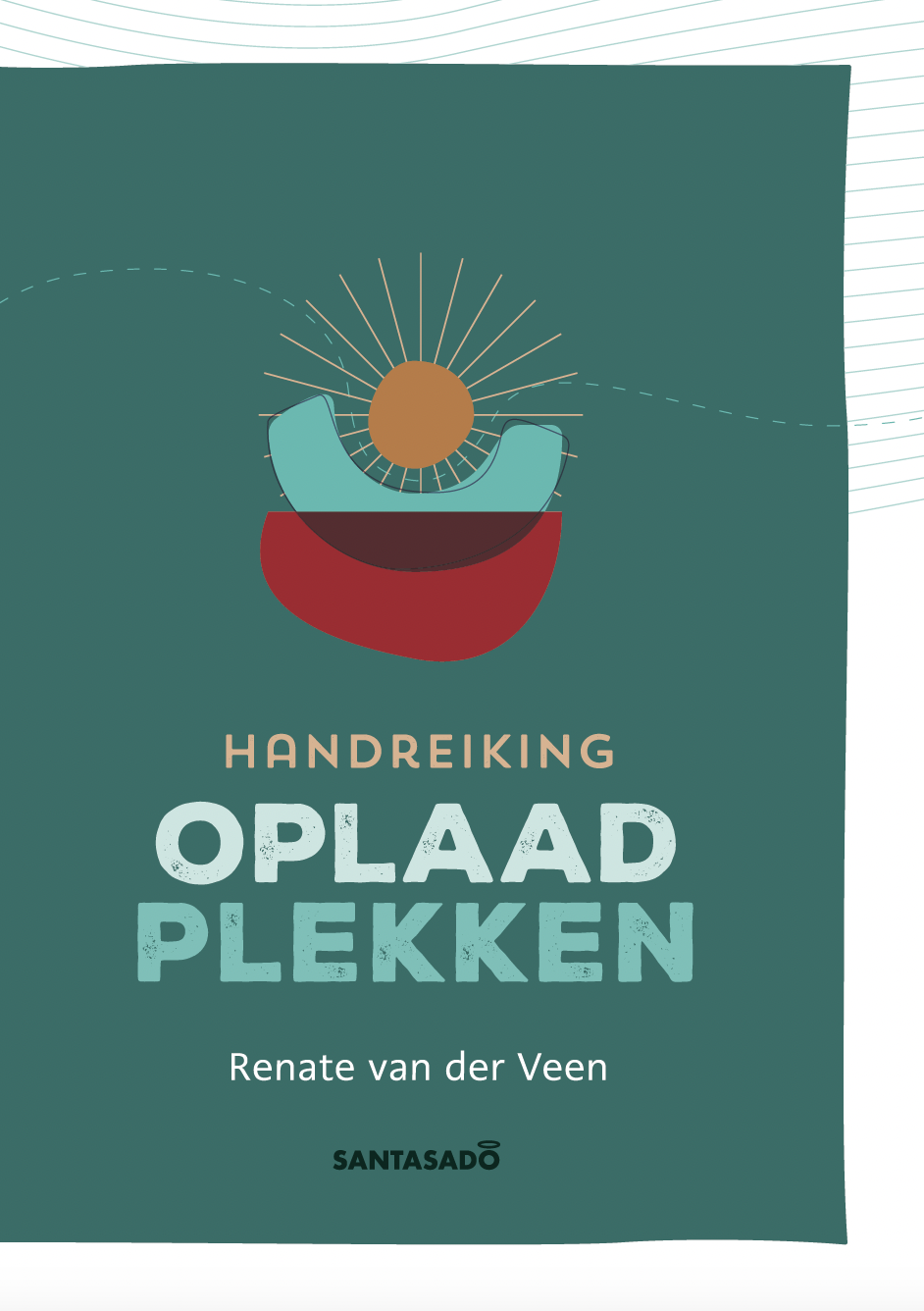Last weekend my friends and I had a meeting with a group of Swedish women in Stockholm. The idea for this meeting was born on one of our Friday nights, when we discuss our lives and professional lives in particular. We were wondering why Scandinavian women are more successful in working (fulltime jobs) and what the effect had been of the quota to get more women in top positions that were introduced in Norway. We decided to investigate it ourselves and managed to organize a visit to Stockholm to talk to a group of Swedish women. And off we went (enjoying a nice trip in the meantime)!
On Saturday afternoon the twelve of us met in a Swedish living room. We started with individual introductions. I will spare you the details of all impressive achievements and careers… Important to know is that we had a great variety of sectors represented: medical, insurance, (chocolate) industry, accountancy, consultancy, national supervision, national government, local government, jurisdiction.
Our main findings are (although not scientifically proven…):
1. The issue of getting women to occupy top positions is very similar in Sweden and the Netherlands.
2. The fact that childcare, parental and maternity leave and the educational system are better organized and more available in Sweden, does – at first glance – not have a positive effect on the number of women in top positions. It has an effect on the number of hours that people work. In Sweden far more people work four to five days a week. Families experience the necessity to work those hours to financially manage the household.
3. Women have better chances to grow and reach top positions in organisations with a specific leadership stype. This style of leadership is characterized by servant leadership, giving employees a lot of responsibility and actively stimulating development and initiative of employees. In this kind of organisations feminine results play a more important role.
4. A woman who gets in charge of a division does most likely think (at first): “Now I have to take care of 40 employees”. She does less likely think (at first): “Now I have 40 people working for me”. We experienced this as an important example of the way women approach their decisions to go for or reject a top position. Top managers should be aware of this line of thinking when they are selecting people.
5. Women and their sense of self confidence is the issue that should be addressed. Ways to do this: raising our children (our daughters) without passing on hindering convictions about the abilities of women, comparing our skills in groups of peers to get a better sense of our market value, coaching in bluffing to overcome unnecessary modesty, judging achievements of employees on masculine ánd feminine results.
It was a great experience! Unfortunately we did not get a good answer on the quota issue. That’s for our next trip (to Oslo?).
Interested? Send a reaction to this post.












